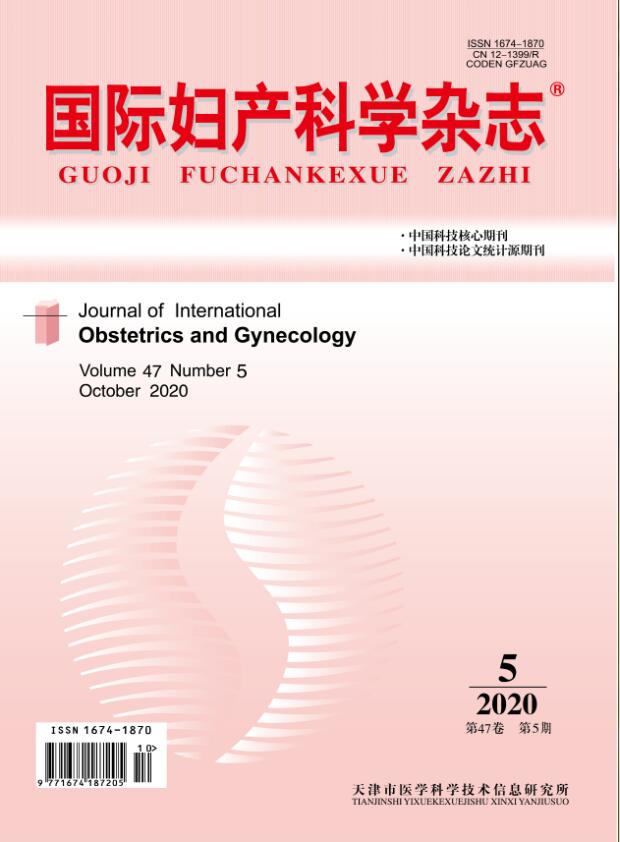|
|
The Comparative Study between Transcervical Resection of Myoma and Laparoscopic Myomectomy of Intramural Uterine Myoma
HEN Ai-rong;ZOU Shun-hong
2014, 41 (5):
522-525.
Objective:To compare the clinic value between the transcervical resection of myoma (TCRM) and laparoscopic myomectomy (LM), and investigate the favourable surgical approaches in women with intramural uterine myomas. Methods:From January 1, 2007 to December 31, 2011, 236 women undergoing TCRM (hysteroscopy group) and 392 women undergoing LM (laparoscope group) were studied retrospectively in The Third Affiliated Hospital of Zhengzhou University. The patients′ general information, peri-operative characteristics, postoperative muscle healing, and pregnancy outcome were compared and analyzed. Results:The average operation time, the average intraoperative blood loss and the reduce perioperative hemoglobin level of hysteroscopic group and laparoscopic group were compared respectively, the difference had statistical significance (P<0.05). The transfer laparotomy operation rate, postoperative fever rate and menstrual period rate of hysteroscopic group and laparoscopic group were compared. There was no significant difference (P>0.05). In the follow-up of 181 cases of hysteroscopy group and 336 cases of laparoscopic group of patients, the muscular complete healing rate of postoperative 1 month, 3 months, 6 months were respectively comparison, the difference had statistical significance (P<0.05). The muscular complete healing rate of postoperative 12 months was no statistically significant difference (P=0.709). The postoperative pregnancy from fibroids weed out of time for the first time of hysteroscopic group and laparoscopic group was statistically significant difference (P<0.05). All patients with postoperative pregnancy appeared no pregnant uterine rupture. Conclusions:For intramural myoma, two kinds of operation modes are safe and reliable. The intraoperative bleeding and postoperative recovery by TCRM is better than the patientes treated by LM, so hysteroscopy surgery is superior to the laparoscopic surgery for the patients with intramural uterine myoma.
Related Articles |
Metrics
|

